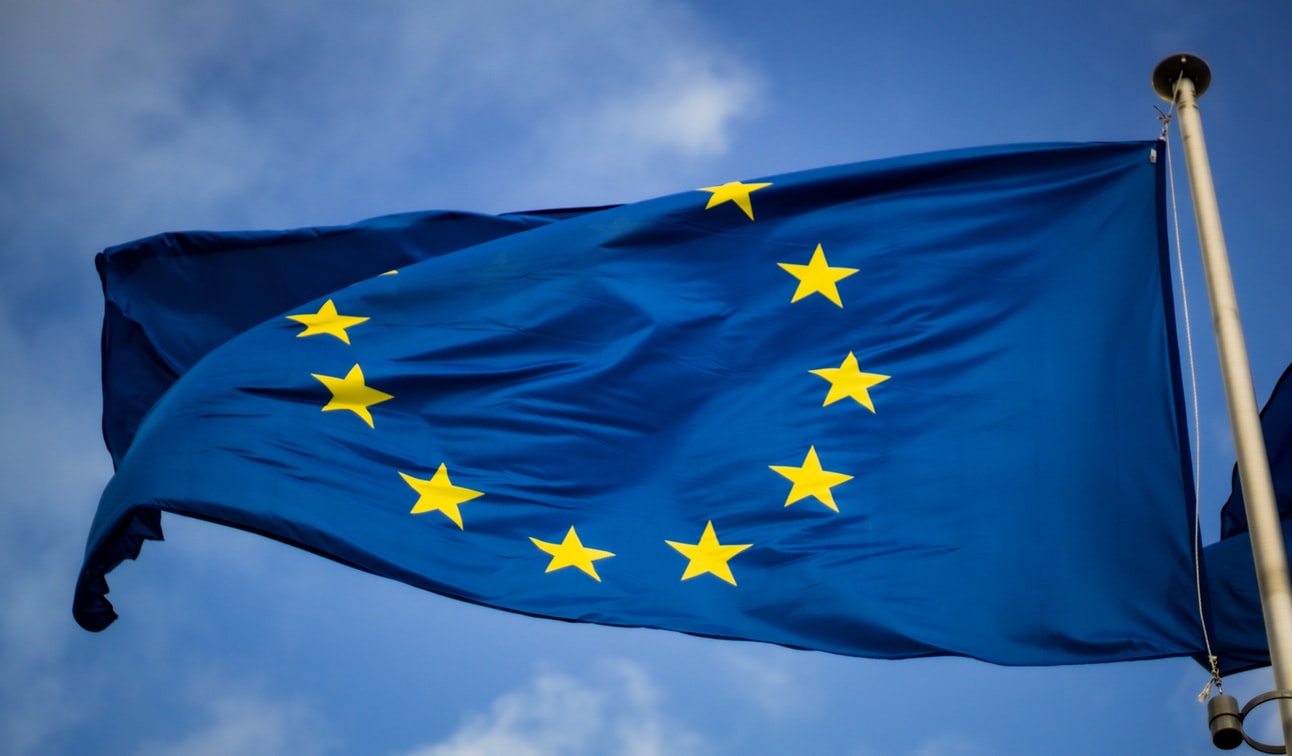You are here
Home 🌿 Recreational Marijuana News 🌿 EU cannabis consumption increased and ecstasy use decreased in 2021 🌿EU cannabis consumption increased and ecstasy use decreased in 2021

A whopping 93 percent of survey respondents in the EU admitted to using cannabis in the previous 12 months.
A new survey studying the consumption habits of participants in the European Union (EU) reveal that cannabis use has increased, and the use of ecstasy has decreased considerably.
The European Monitoring Centre for Drugs and Drug Addiction (EMCDDA) recently found that cannabis and ecstasy saw the strongest changes in consumption habits. The European Web Survey on Drugs was conducted online between March and April 2021 with the intention of illuminating patterns of drug use to consider in future regulation. Throughout 21 EU countries and nine non-EU countries, the survey recorded answers from those who were 18 or older and had used drugs.
The survey results, published on January 20, recorded the drug use breakdown of the 48,469 participants.
“Cannabis was the drug used most, with 93 percent of survey respondents reporting to have used it in the previous 12 months and with little variation between countries,” the survey results state.
“MDMA/ecstasy (35 percent), cocaine (35 percent) and amphetamine (28 percent) were the next most reported illicit substances, with the order of the three drugs varying by country. Around a third of respondents (32 percent) reported using more (herbal) cannabis and 42 percent using less MDMA/ecstasy.”
The results also show that a group of participants had used LSD (20 percent), a new psychoactive substance (16 percent), ketamine (13 percent) and heroin (three percent).
Furthermore, participants from the Western Balkans (which is made up of a Albania, Bosnia and Herzegovina, North Macedonia, Montenegro, Serbia and Kosovo) also echoed the high consumption of cannabis, and decreased use in other substances—especially ecstasy.
“Most respondents (91 percent) reported using cannabis in the previous 12 months, followed by cocaine (38 percent), MDMA/ecstasy (22 percent) and amphetamine (20 percent). Again, around a third of respondents (32 percent) reported using more (herbal) cannabis and 34 percent using less MDMA/ecstasy.”
In terms of where these substances were consumed, 85 percent of participants in the EU and 72 percent of the Western Balkans used these substances at home, rather than at public venues. It also takes into account that the motivation for cannabis use at home was because of a multitude of reasons. Participants wanted to relax, get high in order to improve sleep, but their use of MDMA or ecstasy was used to attain “euphoric and socialising [sic] effects.”
EMCDDA Director Alexis Goosdeel shared a statement regarding the goal of this survey, and the amount of participation needed from organizations to sort and analyze the data.
“Web surveys are a key ingredient in our monitoring of Europe’s shifting drugs problem,” Goosdeel said.
“They help us reach an important target population through innovative online methods. Today’s results reveal the wide variety of drugs available across Europe and provide valuable information on emerging trends and changing patterns of use during the COVID-19 pandemic. An impressive 100 organisations [sic] joined us this time in building, translating and disseminating the survey, ensuring that this is now an invaluable tool to help tailor our responses and shape future drug policies.”
Other studies in the U.S. have shed light on other topics related to cannabis, such as targeting teens with ads on social media or an updated Gallup survey that shows that a majority of Americans support legalization.
420 Intel is Your Source for Marijuana News
420 Intel Canada is your leading news source for the Canadian cannabis industry. Get the latest updates on Canadian cannabis stocks and developments on how Canada continues to be a major player in the worldwide recreational and medical cannabis industry.
420 Intel Canada is the Canadian Industry news outlet that will keep you updated on how these Canadian developments in recreational and medical marijuana will impact the country and the world. Our commitment is to bring you the most important cannabis news stories from across Canada every day of the week.
Marijuana industry news is a constant endeavor with new developments each day. For marijuana news across the True North, 420 Intel Canada promises to bring you quality, Canadian, cannabis industry news.
You can get 420 Intel news delivered directly to your inbox by signing up for our daily marijuana news, ensuring you’re always kept up to date on the ever-changing cannabis industry. To stay even better informed about marijuana legalization news follow us on Twitter, Facebook and LinkedIn.




